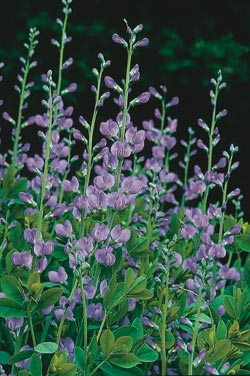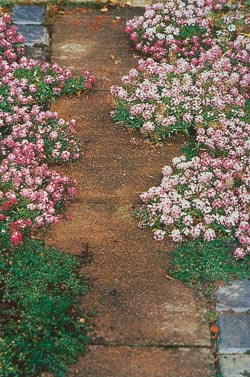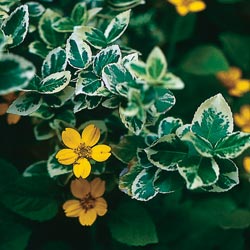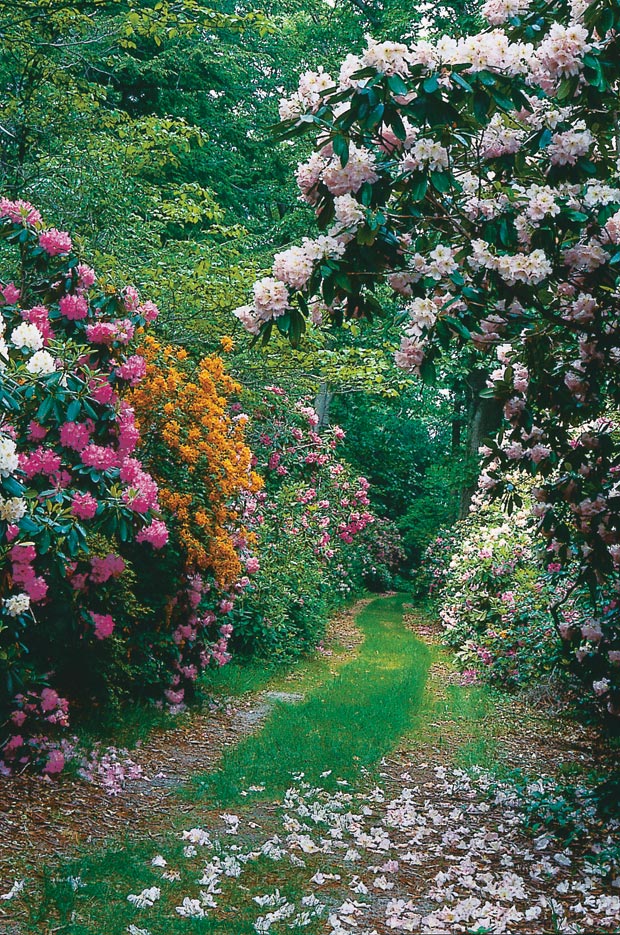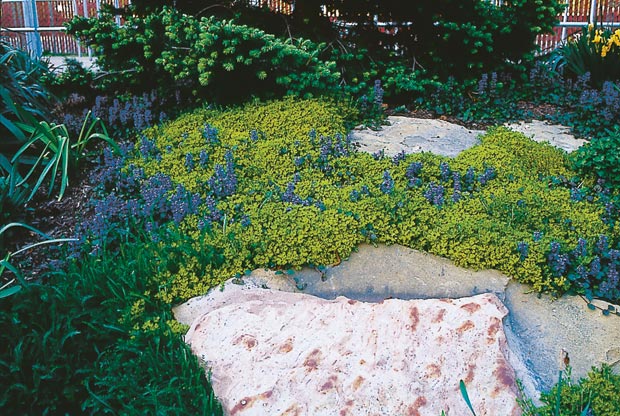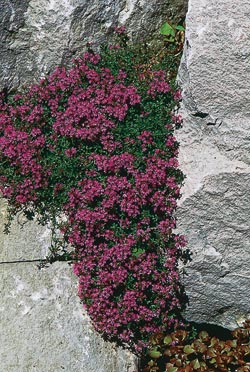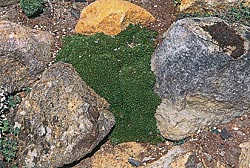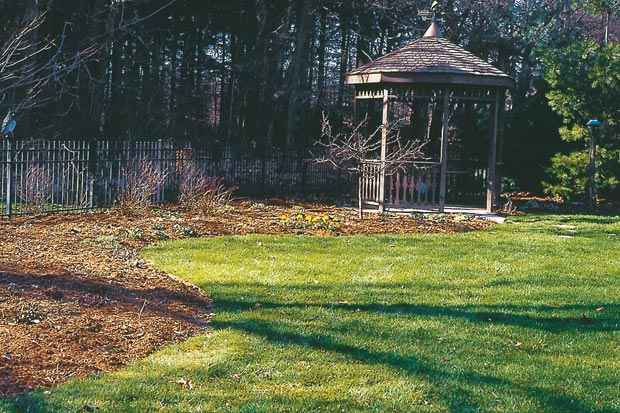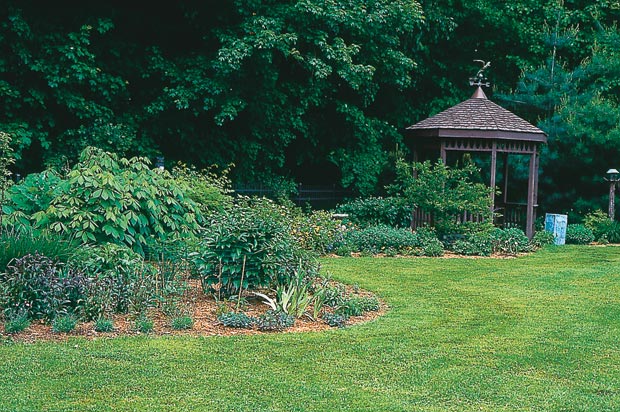I have 4 false indigos (Baptisia) by my house that were doing great some years ago, but now are very leggy and die off by midsummer. I have 4 other ones near a large pine tree that look magnificent. The ones by my house used to look this way. These plants have been here since we moved into our house 15 years ago. Is there anything I can do to get them back to their full size?
There are two clues in your Baptisia predicament. The first hint is the four plants “near a large pine tree” are magnificent. The second hint is the plants by the house “have been there since you moved in 15 years ago.”
False indigo wants full sun for best performance. Although they like rich soils, they are very tolerant of poor soil and arid conditions, which is what they have around the large pine tree. Since the ones by your house used to look that way, it’s possible a matured tree canopy now diminishes access to full sun. In shade, false indigo gets leggy and needs to be staked. They also spread by rhizomes out from the main base and can consume considerable garden space. Your false indigos have that elbow room out at the pine. The false indigo next to your house may have used up all the space they had available in 15 years, particularly if they are confined by a house foundation and a nearby concrete walk or driveway. There’s no place for them to go.
Since we are moving into the heat of summer, wait until fall to cut back and dig up the false indigos along your house and divide them. Replenish and amend the soil in the area and transplant a limited number of small divisions back to this area. If examining the overhead tree canopy reveals access to full sun is compromised, you can plan to stake the transplanted divisions or simply add them to the great crop you have growing out by the pine.

